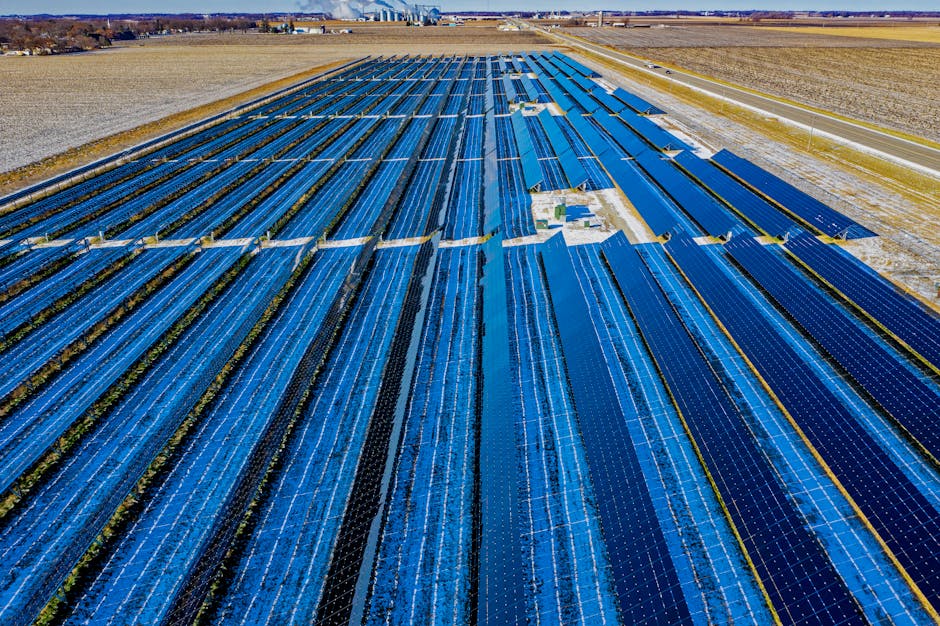Decoding the Sound: How EVs Are Transforming In-Car Audio
The era of electric vehicles (EVs) isn’t just about sustainable transport; it’s also changing how we experience sound inside our cars. Gone are the days when engine noise dominated the acoustic landscape of driving. With a quieter cabin environment, EVs have unleashed a wave of innovation in audio engineering and in-car entertainment, which is captivating both car enthusiasts and audiophiles alike. Join us on this exploratory journey into how EVs are reshaping the auditory experience on the road and why it matters more than ever.
The Quiet Revolution: A New Soundscape
Electric vehicles are engineered to minimize noise, creating an environment ripe for rethinking in-car audio systems. Unlike traditional vehicles, EVs are almost silent, allowing passengers to engage with music and sound in unprecedented ways. The absence of engine rumble opens the door for automakers and sound designers to craft immersive soundscapes that enrich the driving experience.
From a purely mechanical perspective, the vibration-dampening capabilities of EVs lead to a more refined auditory experience. No longer do we have to contend with the low-frequency hum of an engine or the auditory disruptions caused by traditional drivetrain components. Instead, car manufacturers are increasingly treating the vehicle cabin as a soundstage, focusing on how audio systems can create a multi-sensory experience.
Collaborations That Elevate Sound Quality
To elevate the in-car audio experience, many automotive brands are collaborating with established audio companies, infusing their vehicles with high-fidelity sound systems. Premium partnerships are flourishing; for instance, brands like Tesla have embraced collaborations with renowned audio engineering companies, such as Bang & Olufsen and Dolby, to create sound systems that not only play music but also generate an emotional experience.
The integration of advanced technologies like Dolby Atmos in vehicles equips passengers with a surround sound experience that rivals home theaters. The result? A heightened sense of immersion that complements the driving experience, whether you are commuting, embarking on a road trip, or simply relaxing in an EV's calm atmosphere.
The Role of Immersive Soundscapes
Immersive soundscapes in EVs go beyond just listening; they enhance the emotional connection between the vehicle and its occupants. Imagine a drive where the sound of nature—rustling leaves or gentle rain—flows through the system, reinforcing the serenity of a drive through the countryside. Such features prioritize relaxation and well-being by providing a refuge from the chaotic sounds of urban life.
Some manufacturers are even allowing users to customize their soundscapes, offering an emotional toolkit ranging from soothing white noise to energizing soundtracks. Examples of these innovative features can be found in models like the Lucid Air and Rivian R1T, where sound design contributes to an ethos of premium living and heightened user experience.
Shaping the Driver and Passenger Experience
High-quality audio systems redefine how passengers perceive their journeys. Studies have shown that sound quality can have a measurable effect on mood, attention levels, and overall satisfaction. In an era where mental wellness is increasingly valued, creating a pleasant auditory environment can alleviate stress, reduce road rage, and enhance the euphoric feeling of adventure while driving.
Moreover, feature-rich systems can also address practical concerns. For example, many EVs are now equipped with enhanced safety notifications that are more easily recognized by passengers, thanks to the sophisticated audio systems integrated within the vehicle. The ability to hear alerts clearly while maintaining an enjoyable music environment reflects a harmonious balance of functionality and entertainment.
The Connection Between Sound Quality and Brand Loyalty
As consumer preferences evolve, so too do perceptions of what constitutes quality in the EV market. Sound quality is becoming a pivotal aspect—one that can significantly influence consumer loyalty. In a highly competitive market where brands strive to differentiate themselves, superior audio experiences can be a deal-maker or breaker.
Brands that prioritize acoustic excellence are likely to foster stronger emotional connections, which are vital in an era dominated by eco-conscious consumers who are looking for brands that resonate with their values. Case in point: those who favor premium audio options are likely to remain loyal to manufacturers that consistently deliver stellar auditory experiences.
Consumer Preferences in the Era of Smart Technology
As technology advances, consumer tastes and expectations shift alongside. In-car audio systems are no longer just about playing music; the modern consumer is looking for interconnectedness, personalization, and user-friendly interfaces shaped by evolving technologies. Features such as artificial intelligence (AI) integration, voice recognition, and streaming capabilities are on the rise, allowing for a fully customized experience.
For instance, some EVs utilize voice-controlled technology that learns and adapts to the user’s musical preferences and driving style, offering tailored playlists and soundscapes. This level of personalization leads to a deeper engagement and connection with the car, enhancing both pleasure and convenience.
To learn more about how consumer preferences are influencing the EV market, check out our post on harnessing community power in EV ownership.
Sound Quality and the Future of EVs
The future of sound in electric vehicles is vast and fascinating. As technology continues to evolve, we can anticipate even more advancements in audio engineering tailored for EVs. Innovations such as spatial audio, sound spatialization, and algorithms designed to enhance real-time audio fidelity are already on the horizon and promise to redefine audio experiences further.
How these developments will shape driver psychology and lifestyle choices remains a rhetorical question ripe for exploration. As the shift toward sustainable transport continues to accelerate, understanding the implications of sound quality will be vital for automakers navigating the ever-changing landscape of electric mobility.
Final Thoughts: A Different Kind of Driving Experience
The revolution of sound in electric vehicles is not merely about noise reduction; it reflects a profound transformation in how we interact with our cars. The intimate connection forged between occupants and customized soundscapes has the potential to redefine our journeys, adding layers of richness and depth to driving experiences.
As the EV market continues to evolve, sound will play a pivotal role in steering consumer preferences and brand allegiance. After all, whether on a long road trip or a quick jaunt to the store, the soundtrack of our trips is more than just background noise—it's an integral part of what makes our journeys memorable. So the next time you hit the road in an EV, take a moment to appreciate the soundscapes that accompany you. It's a revolution that is music to our ears.
For a deeper exploration into how technologies like AI are shaping the driving experience, check out our article on AI predicting EV performance and maintenance.










